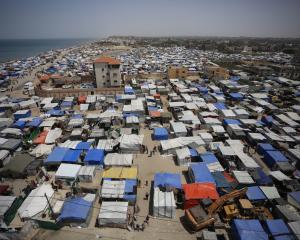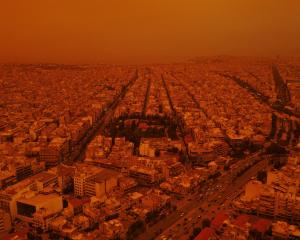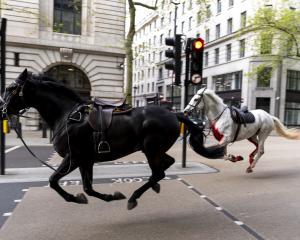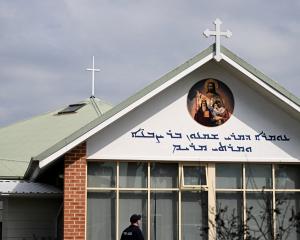
Thailand's police chief believes a "network" of people are responsible for the bomb attack on a Bangkok shrine that has killed at least 20 people and wounded more than 120 others.

Police have released a sketch of the main suspect, a man in a yellow T-shirt who was filmed by security cameras leaving a backpack at the shrine and later said two other people seen on CCTV were being treated as suspects.
Prime Minister Prayuth Chan-ocha has described the incident as the worst-ever attack on Thailand, the BBC reports.
The Hindu Erawan Shrine, popular with tourists and Buddhists, reopened on Wednesday.
Although the main suspect in the footage has not been identified, an arrest warrant for him has been issued by Bangkok's Southern Criminal Court. It accuses an "unnamed foreigner" of conspiracy to commit "premeditated murder" and weapons offences.
Police spokesman Prawut Thawornsiri said in a TV interview that the man could be of "mixed origin". A reward of one million baht ($NZ42,500) has been offered for information leading to his arrest.
PROTECTING TOURISM
The Hindu shrine compound was erratically sealed off after the blast and the cordon was crisscrossed by police, soldiers, volunteer medics and journalists even as explosives experts combed the area for clues.
"The first thing you want to do is get control of the scene," said Sean Doyle, formerly principal scientist at the Forensic Explosives Laboratory, an agency of Britain's defence ministry told Reuters.
"The last thing you want is people tramping in and out because they can either bring contamination or confusing evidence into the scene and indeed take evidence away from it."
Doyle added that Thai investigators likely faced pressure from civil authorities to return the area, a huge draw for tourists, to normal.
"They don't want to negatively impact on tourism," he said. "Giving a semblance of things being back to normal would be something they'd want to achieve pretty quickly."
The area around Monday's blast was swept up and hosed down the following day. The bomb crater was filled in and the shrine reopened on Wednesday.
"We had collected all evidence which is why the crime scene was reopened," said an explosive ordnance disposal expert with the Thai police who asked for his name to be withheld because he wasn't authorised to talk to the media.
He said EOD post-blast procedures were the same as in other countries, but in Thailand volunteer medics arrived first to collect the bodies. "Sometimes we can't control this," he said.
- BBC and Reuters












